Taiyuan Shanxi Merchants Museum
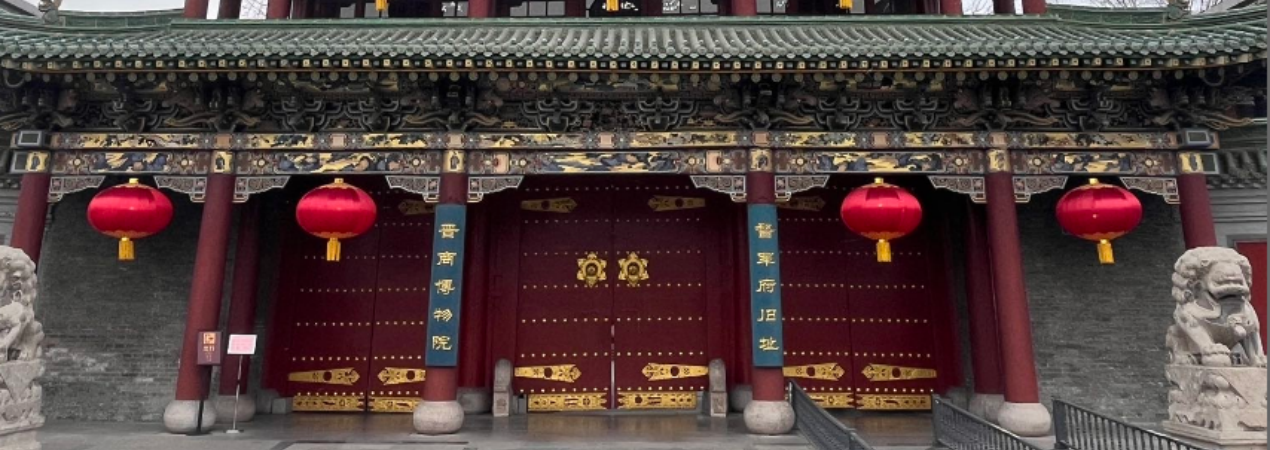
The Shanxi Merchants Museum sits at 101 Fudong Street in Taiyuan's Xinghua District. This Shanxi Merchants Museum mixes together cultural relics, old buildings, gardens, and exhibits. It opened at the old Military Governor's Office. The displays focus mainly on the Jin (Shanxi) merchants' story and their business culture. Since January 2022, a total of 120,000 artifacts related to Jin business culture have been collected here. Visitors can see account books, artifacts, promissory notes, land deeds, and coins.
- Chinese Name: 晋商博物院 Jìn Shāng Bówùyuàn
- Recommended Duration: 2-3 hours
- Entrance Fee: RMB 38
- Opening Hours: 9:00-18:00, closed on Monday
- Best Time to Visit: April-May and September-October
- Address: No. 1, Fudong Street, Xinghualing District, Taiyuan City, Shanxi Province
-
How to Get There:
Subway: Line 2 to Fuxi Street Station, Walk 200 meters north to reach the Jinci Temple.
Bus: Routes 4,602, 10, 863, 809, 828, 851, 855, 19, K2 to Shanxi Province Ophthalmological Hospital stop, walk 50 meters to reach the Jinci Temple.
Highlights of Jin Merchants Museum
Yuanyi Hall
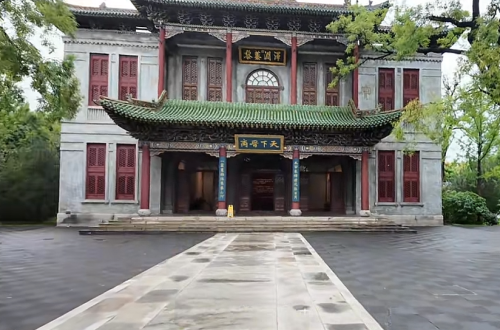 Yuanyi Hall
Yuanyi HallThis hall presents an overview of the geographic expansion of Jin merchants. It shows where they traded. You will find a big, lighted map here. This map marks key Eurasian trade roads. The wall displays the names of important families. Examples are the Qiao and Qu clans. Copied business contracts appear. Guild rules demonstrate their systems. A center touchscreen helps navigate the museum.
Building 2 : Beginning of Jin Merchants
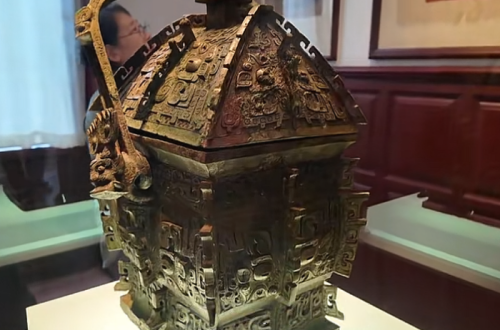 Yi Fang Yi
Yi Fang YiThe displayed of building 2 is an exceptionally precious bronze vessel, the Yi Fang Yi, one of the few Chinese bronzes that chronicle the daily life of King Wu Zhou over three thousand years ago. These bronzes reveal the early trading activities of the Shanxi merchants, allowing visitors to understand the origins and development of the Jin merchant community, and to appreciate the depth of Chinese civilization and the cultural traditions of Shanxi's business acumen and financial management.
Building 3: Dominate within the Country
Building 3's exhibition hall tells the story of Shanxi merchants' rise, beginning with the Ming Dynasty's 'Kai Zhong System'. The Ming government had troops in northwest and north China to fight the Mongols. Transporting supplies to the military was hard. So the government worked with merchants. Merchants took supplies to the front to get salt certificates. Shanxi is a primary region for salt production and is also close to military zones. This gave Shanxi merchants a big edge. It helped Shanxi merchants become top businesspeople for 500 years. The exhibition hall shows the pioneering spirit of Shanxi merchants. It also reflects the commercial systems in ancient China.
Inner Ministry: Universal Remittance
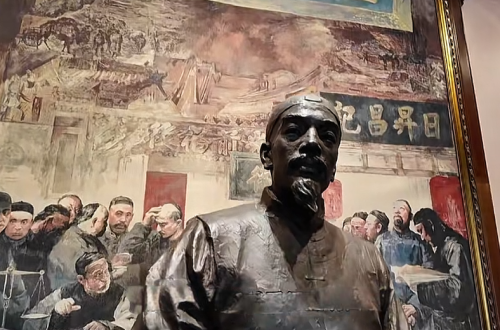 Inside of Inner Ministry
Inside of Inner MinistryShanxi merchants ruled Chinese business for almost five hundred years. They set up different money systems to match economic changes. Especially in the Qing Dynasty, their special voucher system stopped an old custom in which armed guards had moved cash to people getting paid. The Inner Hall displays details. It shows how Shanxi merchants used a multi-step method to ensure money reached the right people safely. This system started modern banking in China. The hall is essential to visit because you can see how Shanxi merchants made paper money. You can see the special tricks used to check if the notes were real.
Building 5 : Ten Thousands Tea Route
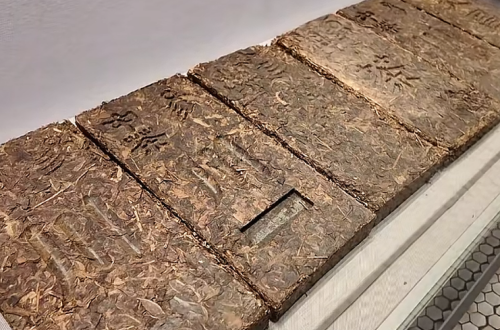 Brick tea for trade
Brick tea for trade
Building No. 5 is a key example of how Shanxi merchants expanded. These merchants had three types: the Boat Guild, the Caravan Guild, and the Exchange Guild. The Boat Guild did cross-border trade between China and Japan. They exchanged goods for copper. The Caravan Guild traveled across Eurasia. They traded tea there. The Exchange Guild focused on financial work. They especially did currency exchange. Building No. 5 showcases the history of the tea trade through the Caravan Guild. The exhibition hall is called "万里茶道". This name means the long-distance tea trade route. Jin merchants traveled north from the Wuyi Mountains. They went as far as St. Petersburg, Russia. This trade route was over ten thousand kilometers long. It greatly affected China's tea exports. Anyone interested in Chinese tea history should not miss it.
Educational Value
Through the 'Ten Thousands Tea Route,' Shanxi merchants traded with regions such as Mongolia and Russia. The exhibition showcases tea transportation tools and border trade maps, illustrating how commerce served as a bridge connecting diverse ethnicities and cultures, embodying ancient China's open spirit of fostering connections through trade.
Activities to do at Jin Merchants Museum
Free Guided Tour: Every day, the Shanxi Merchants Museum offers four free guided tours at 9:30 AM, 10:30 AM, 2:30 PM, and 3:30 PM, each lasting half an hour. Outside of these times, advance paid reservations are required. The Shanxi Merchants Museum boasts a rich history and is filled with cultural knowledge. These guided tours provide deeper insights into the history and culture of the Shanxi merchants and Shanxi province. You can choose from different tour options based on your interests.
Enjoy Beautiful Scenery: The Shanxi Merchants Museum is divided into a west area and an east area. The east area primarily features cultural relic buildings, while the west area serves as a leisure and entertainment space. It combines architectural and layout elements from both Shanxi and Western cultures, offering picturesque scenery that allows for relaxation.
Drop us a line and we'll connect you with the top China expert in no time!
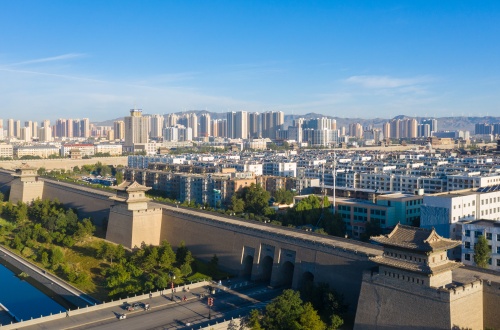 Shanxi Travel Guide
Shanxi Travel Guide 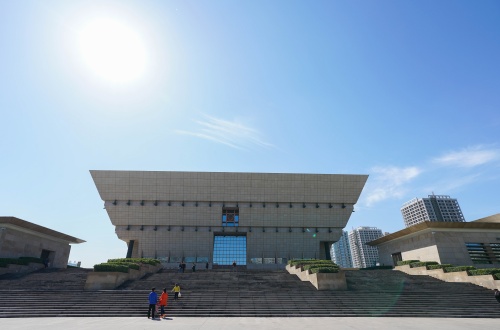 Shanxi Museum
Shanxi Museum 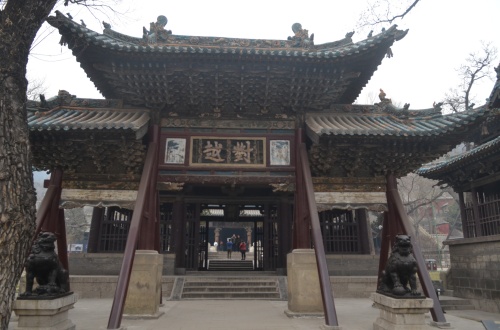 Jinci Temple
Jinci Temple 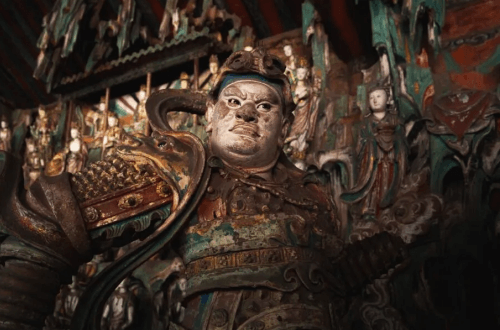 Pingyao Attractions
Pingyao Attractions